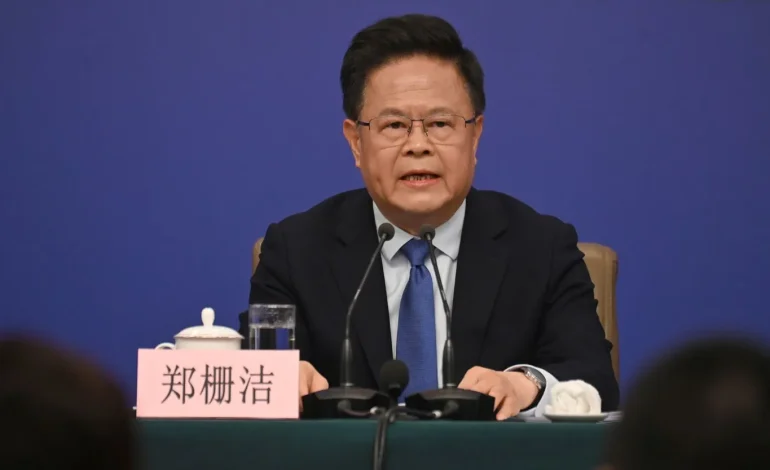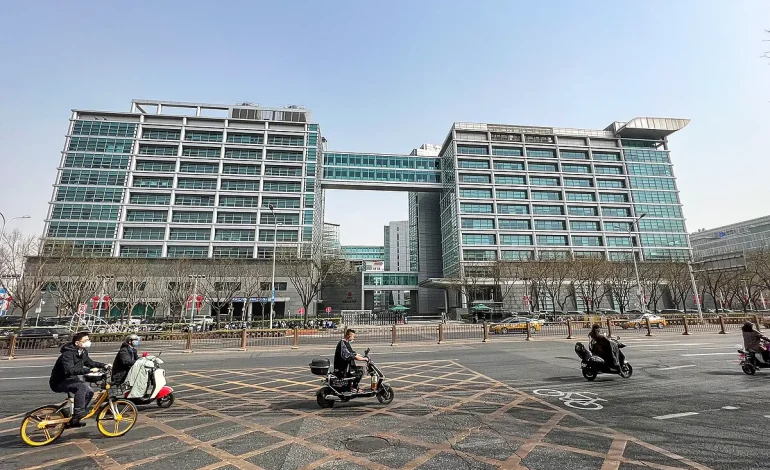China to Create 1 Trillion Yuan Venture Capital Guidance Fund

Introduction
China is preparing to establish a massive 1 trillion yuan venture capital guidance fund to support innovation and high technology industries. The initiative represents one of the largest state-backed financial commitments in China’s history and underscores Beijing’s determination to accelerate breakthroughs in strategic sectors such as artificial intelligence, semiconductors, green energy, and advanced manufacturing.
Structure of the fund
The guidance fund will operate as a partnership between central government agencies, state-owned financial institutions, and local governments. Its role will be to attract private capital by reducing investment risk and providing co-financing. In practice, the fund will allocate seed money to venture firms and direct them toward industries that align with national priorities.
Unlike purely commercial funds, the guidance model emphasizes both financial returns and strategic outcomes. The government will set broad targets for technology development while allowing professional fund managers to make investment decisions within these parameters.
Why China is creating the fund
The launch of the 1 trillion yuan initiative comes at a time when private venture investment in China has slowed due to economic uncertainty and regulatory tightening. Many startups in cutting-edge fields have struggled to raise capital despite strong growth potential. By creating a massive guidance fund, Beijing aims to stabilize the venture ecosystem, signal confidence in its innovation agenda, and ensure that capital flows to priority sectors.
Officials have stated that the fund will also help mitigate the risks posed by US export restrictions and geopolitical tensions, which have limited China’s access to advanced chips and other key technologies.
Target sectors
The guidance fund will prioritize investment in:
- Artificial intelligence: language models, generative AI, and enterprise applications.
- Semiconductors: chip design, fabrication equipment, and supply chain materials.
- Green energy: solar, wind, hydrogen, and storage technologies.
- Biotechnology: pharmaceuticals, medical devices, and genetic research.
- Advanced manufacturing: robotics, industrial automation, and smart factories.
These focus areas align with China’s 14th Five-Year Plan and long-term goals of achieving technological self-reliance.
Attracting private investment
The fund’s guidance structure is designed to de-risk participation for private investors. By committing government-backed capital, China hopes to crowd in additional investment from venture firms, banks, and institutional funds. Analysts expect the 1 trillion yuan fund could ultimately catalyze two to three times that amount in total market investment, significantly amplifying its impact.
Implications for startups
For startups, the fund provides a rare lifeline. Access to early-stage capital has been one of the biggest challenges in China’s innovation ecosystem, especially for companies outside the consumer internet sector. The guidance fund could help promising firms survive the critical early years, scale operations, and bring products to market faster.
Moreover, having the backing of a government-supported fund enhances credibility, making it easier for startups to attract additional private financing and partnerships.
Risks and challenges
While the scale of the fund is unprecedented, questions remain about execution. Venture capital requires careful risk-taking and tolerance for failure, which can clash with the risk-averse culture of state-owned institutions. There is also concern about potential inefficiencies if political considerations outweigh commercial logic in investment decisions.
Another challenge is ensuring that capital is distributed fairly across regions and industries rather than concentrated in already developed tech hubs like Beijing, Shanghai, and Shenzhen. Successful deployment will require coordination among central agencies, local governments, and private investors.
Global context
China’s plan mirrors similar initiatives abroad. The United States has launched multi-billion-dollar programs to support semiconductor and AI development, while the European Union is funding large-scale innovation projects through its Horizon Europe program. However, China’s guidance fund is unique in its sheer size and the degree of state involvement.
By mobilizing such vast resources, Beijing is signaling that it will not rely solely on market forces to drive innovation. Instead, the government is placing itself at the center of the venture capital ecosystem, shaping both the flow of capital and the direction of technological development.
Impact on the innovation ecosystem
If implemented effectively, the 1 trillion yuan fund could transform China’s innovation landscape. It would provide a long-term source of funding for startups, reduce reliance on foreign capital, and accelerate commercialization of strategic technologies. Over time, this could help China close the gap with global leaders in semiconductors, AI, and biotech.
The fund also has the potential to foster stronger links between academia, research institutes, and private companies, creating ecosystems similar to Silicon Valley but under a Chinese model of state-market collaboration.
Conclusion
China’s decision to create a 1 trillion yuan venture capital guidance fund marks a turning point in the country’s innovation policy. By combining state resources with private investment, Beijing hopes to secure technological breakthroughs in areas critical to national security and economic growth. While challenges around efficiency, governance, and risk management remain, the scale of the fund ensures that it will play a central role in shaping China’s technology trajectory for years to come.






